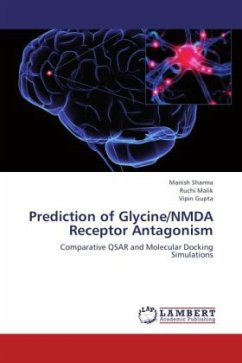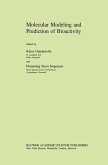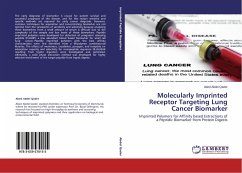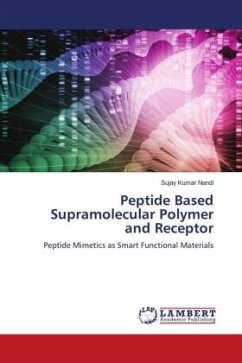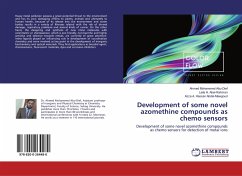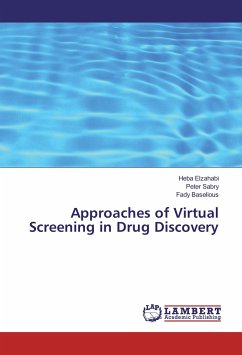The book comprises detailed Comparative QSAR and Molecular Docking Simulation study on selective glycine/NMDA receptor antagonists. Multiple regression Hansch analysis was conducted on fourteen diverse series. Equations generated were internally, externally and laterally validated. They indicated the importance of lipophilic, electronic and steric parameters of various substituents on quinoxalines, quinoxalin-4-ones and quinazoline-2-carboxylates. Comparison among equations with scaled CMR parameter indicated involvement of unique dual allosteric (normal and inverse) effects. Such allosterism in glycine/NMDA receptor has not been reported before. Inversion point in both relationships was amazingly 10. Accuracy in prediction of biological activity of compounds with aromatic substituents in docking simulations could not be calculated irrespective of their presence in either upward or downward legs of both closed and open parabola. This is suggestive of a mechanism wherein aromatic substituents are involved in changing the shape of active site residues of the glycine subsite. Based on non-linear closed parabolic relationships, some new promising molecules were proposed.
Bitte wählen Sie Ihr Anliegen aus.
Rechnungen
Retourenschein anfordern
Bestellstatus
Storno

